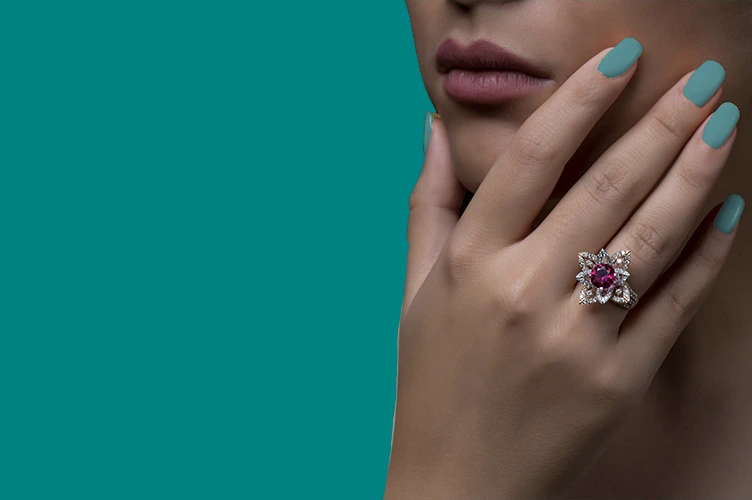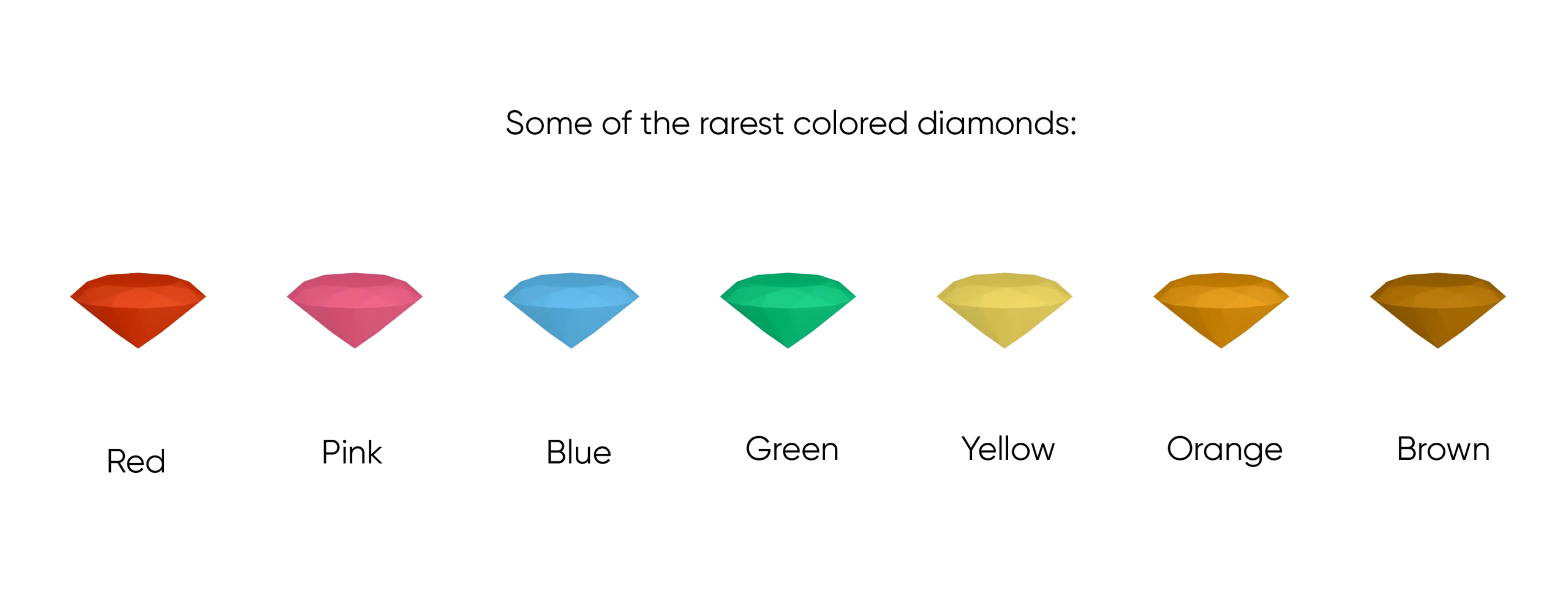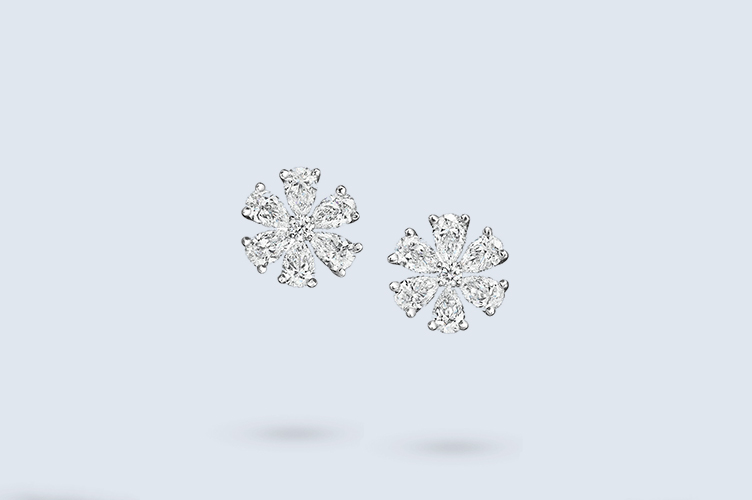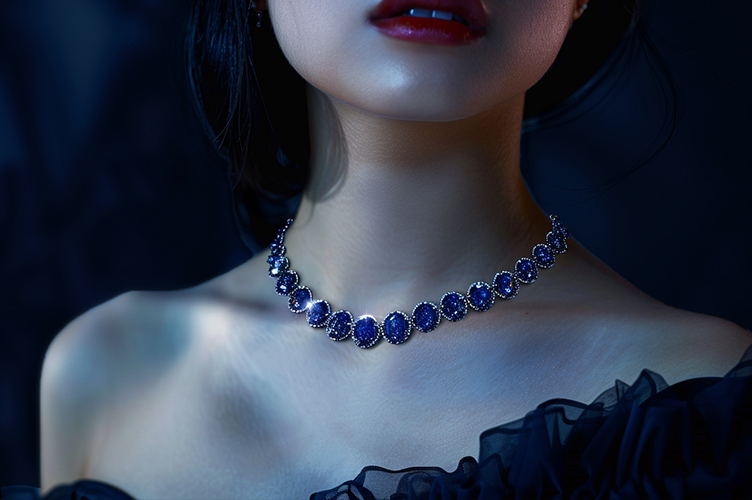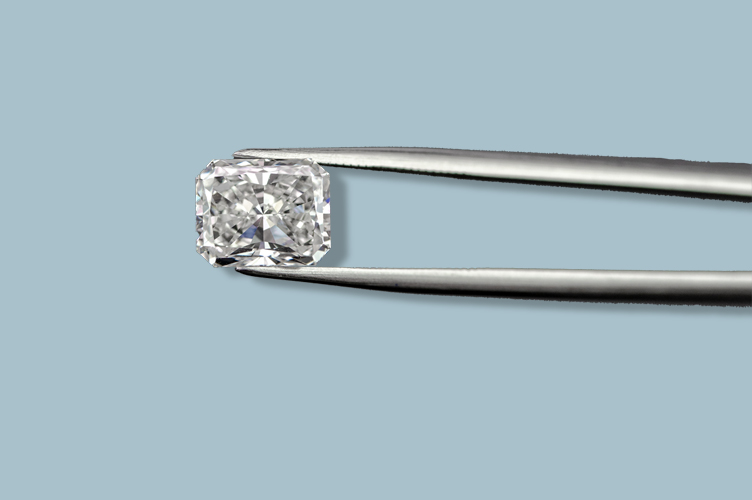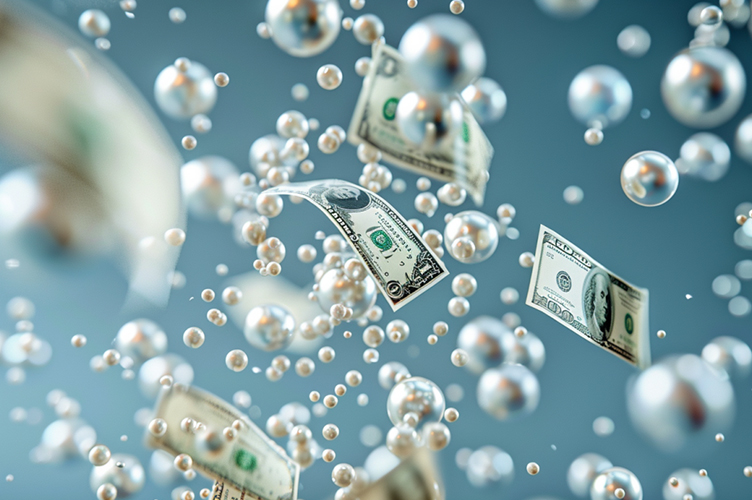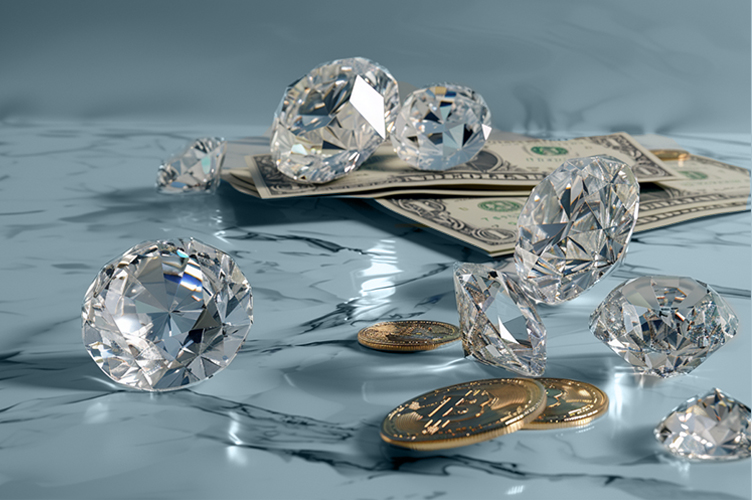The beauty of diamonds makes them a coveted commodity and a symbol of eternal love, status, and even wealth. But did you know that there are different types of rare diamonds?
In this article, we’ll explore the rare types of diamonds, their unique features, and why they’re so difficult to come by. So let’s get started!
What You Will Learn
*We are jewelry experts and enthusiasts that love to share our favorite brands, tips, and tricks with you. If you choose to make a purchase through one of the links, we may earn a commission at no additional cost to you.
What Is A Rare Diamond?
Rare diamonds are gems that offer extraordinary features. They’re usually found in smaller quantities, which makes them highly sought after and valuable. They’re also the most exclusive type of diamond and are commonly called “investment diamonds” due to their scarcity and high price.
These diamonds are identifiable by their unique color and clarity. This is because rare diamonds present more distinct and vivid colors like yellow, blue, green, and even red. Their clarity is also rated much higher than a standard diamond – often being rated “flawless,” which means there are no visible blemishes or inclusions.
Characteristics of Rare Diamonds
Regarding diamonds, their features or characteristics determine their rarity. Below are the most important characteristics when assessing the rarity of a diamond.
- Color: The grading of a rare colored diamond is decided by assessing the intensity of color. The more vivid and depth of color that the diamond offers, the more valuable it becomes. Colorless diamonds, such as D, E, and F, are graded on a scale of D (colorless) to Z (light yellow or brown).
- Carat: Carat measures weight; the higher the carat, the larger and rarer the diamond.
- Cut: The cut of the diamond can also affect its rarity, with rarer diamonds featuring more intricate cuts.
With standard diamonds, clarity is an important feature to take into consideration. But, because one of the leading value factors with fancy gemstones is the vibrant color, clarity often takes a backseat.
For example, a fancy-colored diamond can have a few inclusions, which usually signify a lower clarity grade. However, if the color is attractive, it would still make the diamond highly valuable. However, the stone’s value reduces if the blemishes and inclusions affect the diamond’s durability.
Suggested Reads:
The Ultimate Guide To The 4 C’s Of Diamonds | BriteCo Jewelry Insurance
Types of Diamond Clarity | BriteCo Jewelry Insurance
Rarest Types Of Colored Diamonds
Colored diamonds have become increasingly popular recently, with consumers drawn to their unique beauty and scarcity. The highest quality colored diamonds are known as ‘fancy’ colored diamonds and are classified according to their color, clarity, carat, and cut.
The rarest and most valuable type of fancy diamond is known as a ‘vivid’ diamond, and these gems come in various colors, including red, pink, blue, yellow, and green.
Let’s take a look at some of the rarest colored diamonds:
- Red colored diamonds are the rarest and most valuable of all the fancy color diamonds. They get their color from trace amounts of the element boron, which you can find in minute quantities in the Earth’s crust. The most famous is the Moussaieff Red, discovered in Brazil in 1990. It weighs 5.11 carats and is a ‘vivid’ diamond.
- Pink colored diamonds are also scarce, with most stones originating from the Argyle diamond mine in Australia. The Argyle diamond mine is the world’s largest producer of pink diamonds. Their annual auction brings many of the best quality fancy vivid pink diamond pieces to market.
- Blue diamonds get their color from trace amounts of boron and nitrogen but are small. Blue diamonds are considered incredibly rare. Some of the most famous blue diamonds include the Oppenheimer Blue, sold at auction for $57.5 million, and the Hope Diamond, currently stored in the Smithsonian Museum in Washington, D.C.
- Yellow and light yellow diamonds are rare and get their color from trace amounts of nitrogen. The most famous example of a yellow diamond is the Golden Jubilee Diamond, which weighs 755.5 carats and is the world’s largest cut and faceted diamond.
- Green diamonds get their color from trace amounts of radiation or uranium. The well-known green diamond is the Dresden Green, discovered in Germany in 1741. It weighs 40.7 carats and is a ‘vivid’ diamond.
- Brown diamonds are the most common colored diamond. They come in various hues, from light champagne to deep cognac, and are perfect for those looking for an understated yet rare stone.
- Orange diamonds are also quite rare and come in a variety of shades. They’re often called “fire diamonds” due to their unique color gradient and nitrogen in the stone.
Rarest Colorless Diamonds
Even though colored diamonds are the rarest, unique colorless diamonds are just as rare.
The rarity of colorless diamonds is due to their formation. The natural process of diamond formation requires millions of years and the right conditions. During this process, diamonds interact with certain elements and minerals, which cause them to take on a slight yellow or brown hue. So when a diamond remains wholly colorless and is free of these impurities from natural elements, it’s considered extremely rare.
The rarest colorless diamonds are those with a D color grade, meaning they’re entirely free of coloration. This makes them some of the most desirable diamonds in the world. These stones also have the highest clarity rating of IF (internally flawless) or VVS (very, very slightly included).
Where To Find Rare Diamonds
Rare diamonds are often hard to come by, but there are a few places to look if you’re searching for a unique gem.
- One option for sourcing rare diamonds is participating in online or in-person auctions. Auctions provide a unique opportunity to purchase rare diamonds from all over the world. However, be sure to research and verify the authenticity of any diamond you’re considering before you bid on it.
- You can find rare diamonds in private collections if you have the means. Private collectors often have access to incredible gems that aren’t available anywhere else.
No matter where you source your rare diamond, it’s essential always to ensure that it’s authentic and certified before you purchase.
Are Rare, Natural Diamonds Not An Option? Check Out These Colorful Lab Diamond Alternatives:

Is yellow your color?
Find out today at Grown Brilliance
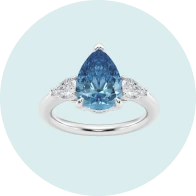
We love this fancy blue pear cut
Get it only at Grown Brilliance
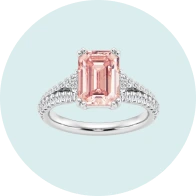
Be extra pretty in pink with this trendy ring
Protect Your Investment
This guide has given you a greater insight into the characteristics and origin of rare diamonds.
Jewelry insurance is a crucial consideration when owning rare diamonds, as these precious stones can be worth a great deal of money. At BriteCo, we provide comprehensive and affordable jewelry insurance. Our policies include protection against loss, theft, and damage anywhere in the world, so you can rest assured that your rare diamond is protected and in good hands.
If you want further information about our policies, please contact us via the contact form below or use our online tool to get a fast quote.
FAQs
Do lab-grown colored diamonds exist?
Yes. Lab-grown diamonds can be created and found in various colors, such as green, yellow, red, and brown.
What are the rarest diamonds in the world?
Red diamonds are considered the rarest type of diamond in the world. They’re extremely rare, meaning these pieces are in high demand and often expensive.
What can famous blue diamonds cost?
The price of blue diamonds can vary depending on the size, carat, cut, and provenance, among other features. The Oppenheimer Blue Diamond was sold for a record-breaking 57 million, beating the Blue Moon of Josephine diamond sale price of 50 million dollars.
Also Check:
Exploring Rare Diamond Cuts for Your Engagement Ring
Largest Diamond in the World | BriteCo Jewelry Insurance
8 Fun Facts About Diamonds


